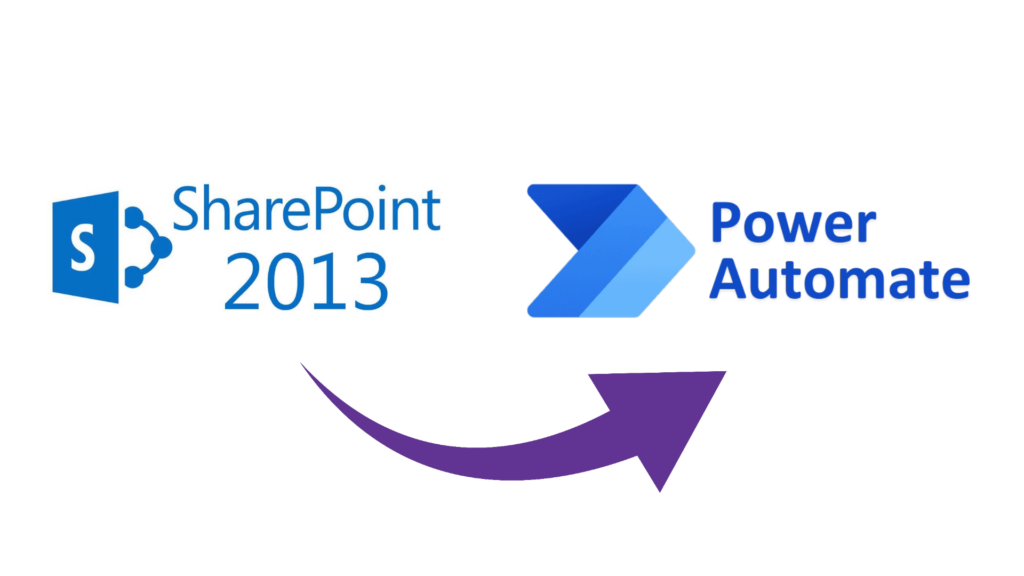Mark your calendars: SharePoint 2013 workflows are set to retire in 2026. The process will be carried out in stages to ensure a smooth transition for all users. Starting April 2, 2024, SharePoint 2013 workflows will be disabled for new tenants. Subsequently, on April 2, 2026, it will be fully removed from existing tenants. This includes Government Clouds and Department of Defense environments, emphasizing the widespread impact of this transition.
Why Is SharePoint 2013 Retiring?

Organizations are constantly seeking ways to enhance productivity, streamline operations, and achieve seamless digital transformation. In line with this evolution, Microsoft has been dedicated to delivering cutting-edge solutions that provide customers with the utmost value. As part of this commitment, Microsoft introduced the retirement of SharePoint 2010 workflow on November 1, 2020. Continuing on this journey, the retirement of SharePoint 2013 workflow has been announced, emphasizing the importance of embracing modern workflow solutions for Microsoft 365 customers.
Migrating to Modern Workflow Solutions

As the retirement date approaches, Microsoft 365 customers who are currently utilizing SharePoint 2013 workflow are encouraged to migrate to more modern alternatives. Power Automate, Microsoft’s advanced solution for workflow orchestration, is at the forefront of this transition. Power Automate seamlessly integrates with all Microsoft 365 services, and it offers connectivity with over 700 other services, enabling enterprises to build custom workflows that align with their unique needs. Additionally, several third-party solutions can orchestrate SharePoint data through SharePoint’s open API platform.
Navigating the Transition
Microsoft has provided users with the Microsoft 365 Assessment tool to facilitate a smooth migration process. This tool enables organizations to scan their tenants for SharePoint 2013 workflow usage, generating a Power BI Workflow Report. This report assists in identifying all SharePoint 2013 workflows, evaluating their usage, and assessing upgradeability to Power Automate flows.
Tenant administrators are advised to take proactive steps by turning off the creation of new SharePoint 2013 workflows using a simple PowerShell command. This should be executed after confirming that new workflows are not necessary and that other applications are not reliant on them. For more information on how to do this, please reach out to us!
Benefits of Microsoft Power Automate

Power Automate is designed to exceed the capabilities of its predecessors. It covers SharePoint workflows, integrates seamlessly with the entire suite of Microsoft 365 services, and extends its reach to third-party services. This flexibility empowers enterprises to build custom workflows tailored to their specific requirements, enhancing collaboration and productivity. Below are twelve benefits of Microsoft Power Automate.
Workflow Automation
- Automate repetitive tasks
- Save time and reduce errors
- Ensure workflow consistency
- Seamless Integration
Connect Microsoft 365 Services
- Integrate with 700+ third-party apps
- Unify your tech stack
- No-Code and Low-Code
Easy for All Skill Levels
- Business users, citizen developers
- Create without extensive coding
- Custom Workflows
Tailored to Your Needs
- Design workflows that fit
- Align with your processes
- Cross-Platform Support
Access Anywhere, Any Device
- Web, mobile, desktop
- Manage workflows on-the-go
- Templates and Connectors
Pre-Built Solutions
- Save time setting up
- Cover various scenarios
- Data Transformation
Manipulate Data Flows
- Extract, transform, load
- Optimize data processes
- Conditional Logic
Dynamic Workflows
- Trigger actions based on conditions
- Smart and responsive
- Approvals and Notifications
Streamline Approval Processes
- Route requests efficiently
- Keep stakeholders informed
- Reporting and Analytics
Monitor Workflow Performance
- Identify bottlenecks
- Optimize automation efforts
- Scalability
Handles Various Complexities
- Simple tasks to complex processes
- Grows with your needs
Cost Efficiency
- Save time, increase efficiency
- Reduce manual work
- Potential long-term cost savings
Conclusion: Embrace the Future of Workflow Solutions
While the Sharepoint 2013 workflows retirement poses challenges for some organizations, it also presents an opportunity for growth and transformation. Embracing modern workflow solutions such as Power Automate allows businesses to harness the full potential of their digital environment, streamline processes, and unlock new levels of productivity.
XTIVIA offers ongoing support, updates related to this transition, and Power Automate expertise. Please contact us for help migrating from SharePoint 2013 or if you have any questions.

